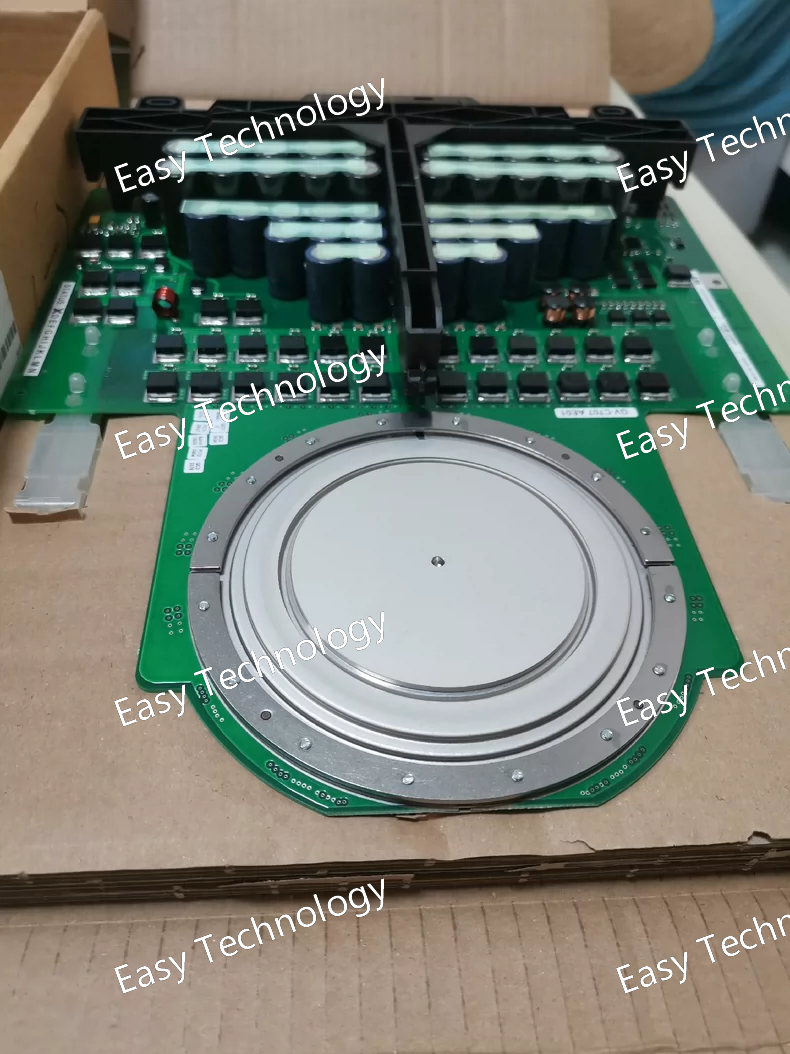Redundancy and reliability design Redundancy configuration: support the redundancy configuration of CPU, communication interface and I/O module to ensure the continuous operation of the system. Hot-swappable support: With the redundant system, the module can be replaced without shutdown to reduce the maintenance cost. 2. Modular design and flexible configuration of core functions and features: The user can select the controller model and expand the I/O module according to the specific application scenario. Easy maintenance: The modular design allows the controller components to be easily removed and replaced, reducing maintenance costs.Precise control: PID control, state monitoring and feedback regulation are integrated to ensure the stability and accuracy of industrial process. Multi-task processing: support multi-task processing, can process multiple control logics at the same time, and improve the system response speed. Communication and integration capability Multi-protocol support: realize data interaction between devices through Modbus, Profibus, Ethernet/IP and other protocols, and support cooperation with other ABB products (such as drivers, sensors, PLCs).Remote management: The user can adjust the parameters, monitor the operation status and receive the fault warning remotely through the PC or DCS system, so as to improve the maintenance efficiency. OPC communication: Through the built-in OPCServer service, data communication with third-party HMI software (such as WinCC, Intouch) can be realized, which is easy to integrate into the existing monitoring system.Reliability and maintainability Industrial quality: The use of high-quality materials and manufacturing processes, through rigorous testing to ensure long-term stable operation. Self-diagnostic function: Built-in fault detection mechanism can quickly locate problems and trigger maintenance processes to reduce downtime.Maintenance convenience: friendly user interface and tools are provided to facilitate user configuration and debugging. At the same time, it supports remote firmware upgrade and reduces the number of on-site maintenance. Programming and debugging Standardized programming: Use Control BuilderM software for programming configuration, support IEC61131-3 programming language standard (such as ladder diagram, function block diagram, structured text, etc.), and provide a powerful control function implementation platform.Code reuse: support function block reuse technology. Users can encapsulate common control logic into function blocks to facilitate reuse in different projects and improve programming efficiency. Offline simulation: The offline simulation function is provided, so that the user can test the control logic without hardware to save debugging time. III. Typical Application Scenario Industrial Automation ControlProduction line control: In the manufacturing industry, the 3 BHB003154R0101 controller can coordinate the operation of robots, sensors and other equipment to optimize the production process. For example, on the automobile assembly line, the production efficiency can be improved by accurately controlling the action sequence and timing of each station. Process control: monitor pressure, temperature and other parameters to ensure process stability in chemical, oil and gas and other fields. For example, in the process of petroleum refining, by monitoring the temperature and pressure of the reaction kettle in real time, the output of the heating element is adjusted to maintain the optimal reaction conditions.Energy Management Power Generation and Grid Control: Monitor and control power plants, power grids, and energy distribution systems to improve energy efficiency. For example, in wind farms, the efficiency of wind energy capture is optimized by precise control of pitch systems and frequency converters. Excitation system control: as the core component of the excitation device, it can stabilize the output voltage of the generator and improve the reliability of the power system.Traffic signal control for transportation systems: optimizing traffic flow and reducing the risk of congestion and accidents. For example, in urban transport hubs, through real-time monitoring of traffic flow and pedestrian flow, the timing of signal lights can be adjusted to improve road capacity. Railway signal system: ensure the safety of train operation and improve the dispatching efficiency. For example, in the high-speed railway signal system, the precise stop and dispatch of trains are realized by precise control of track circuits and transponders.Building Automation Building Management System: Integrate lighting control, HVAC control and other systems to improve energy efficiency and user comfort. For example, in intelligent office buildings, by monitoring indoor temperature and light intensity in real time, the output of air conditioning and lighting systems can be automatically adjusted to achieve energy saving and consumption reduction. Pharmaceutical and life sciences drug manufacturing monitoring: ensures drug quality by precisely controlling parameters such as reaction temperature, pressure and time during drug production. At the same time, the cleanliness and microbial indicators of the production environment were monitored to meet GMP specifications.Data center infrastructure control: Control the power, cooling, and network equipment in the data center to ensure stable operation and energy efficiency optimization. For example, by monitoring the temperature and humidity of the computer room in real time, the output of precision air conditioning can be adjusted to maintain the best operating environment. IV. Model selection and deployment recommended scenario matching: select the controller model according to the application scenario. For example, the energy industry needs to focus on excitation control functions, and the manufacturing industry needs to emphasize I/O interface and communication protocol compatibility.System integration: Before deployment, verify the compatibility between the controller and the existing equipment (such as sensors and actuators) to ensure seamless docking. Redundancy is supported to improve system reliability. Maintenance strategy: Develop a periodic inspection plan, including software updates, connection calibration, and fault simulation testing, to extend equipment life and ensure system stability. Use Control BuilderM software for remote monitoring and debugging to improve maintenance efficiency.


